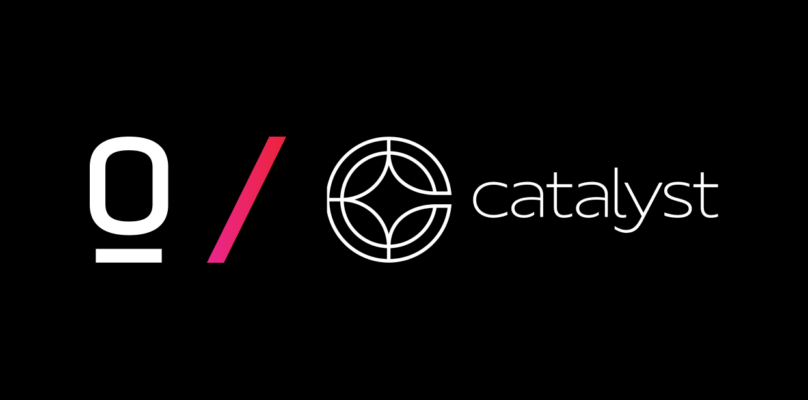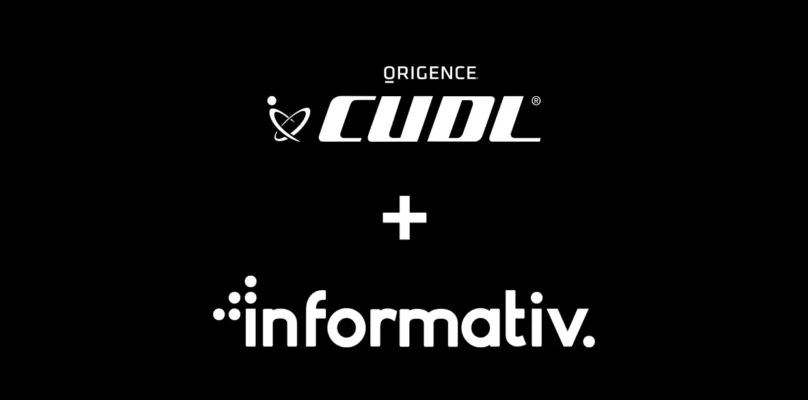As financial institutions update their digital strategy, it’s important to remember that outsourcing an entire digital channel or process to a fintech isn’t necessary. Some institutions have improved the borrower experience by tapping a fintech to enhance just the back office or just the consumer-facing end of a digital channel. Some have even partnered with fintechs to fill in the gaps in expertise and staffing and ensure continuity between front and back-office functions.
Prepare for a Digital Transformation
Origence’s new playbook, Digital Transformation: The Ultimate Playbook for Success, looks at the vital role collaboration plays as financial institutions pursue new digital strategies to remain competitive and evolve to meet consumer needs and expectations.
A recent white paper also details successful approaches to digital transformation taken by several financial institutions. One institution, Alliant Credit Union (Chicago, $12B assets), developed its own mobile app. However, according to Michelle Spellerberg, VP Digital Strategy, one of the nation’s largest credit unions also partnered with a mobile fintech to create a project team of fintech and credit union employees.
“Our internal team created all APIs on the back-end, and we partnered with a firm to help with front-end,” she recalled. “You have to find the right partners – nobody knows it all.”
Is it a Partnership or Vendor Relationship?
Partner is a word used frequently in the credit union community because credit unions are cooperative institutions. In a cooperative environment, everyone’s contributions toward a shared goal are valued. As a result, credit unions tend to use the term partnership, when, in reality, their relationship with a fintech may be more of a client-vendor arrangement.
What’s the difference? According to Cornerstone Advisors Managing Director of Fintech Research Ron Shevlin, if a credit union purchases technology services from a company, that’s a vendor relationship. A partnership is when two parties share risk and reward. CUSO fintechs, which sell technology services to credit unions, are a little bit of both, especially to those credit unions that invest in them as owners.
As partners, CUSO fintechs tend to be more responsive to their credit union clients/owners. For example, many tech CUSOs have built their solutions using open API programming because it offers the most flexible options not only when it comes to integrating with other technology products, but also in the way credit unions can use those products.
Like Alliant Credit Union, the $3.3 billion WSECU in Olympia, Wash., has invested in its own proprietary technology solutions. However, Chief Credit Officer Paul Kirkbride said that while the credit union owns many of its front-end solutions, it depends on fintech firms to aggregate business behind the scenes and develop technology the credit union can’t afford.
Origence is one of WSECU’s partners, and Kirkbride said the lending platform’s open API is crucial.
“We like that Origence has open platforms that allow credit unions to have their own front end but handle the back end. That’s how you build business,” he said.
Benefits of Fintech CUSOs to Credit Unions
A Filene Research Institute report, “Weighing the Risks of a Fintech Partnership,” also lauded the benefits fintech CUSOs can provide to credit unions. The Filene Research Institute’s report, “The Credit Union of the 21st Century,” notes that the CUSO structure allows credit unions to pool their resources and talent, while still retaining ownership of the resulting technology.
The report states that credit unions that want to collaborate with other credit unions — but don’t want to complete the entire CUSO process — can form less formal partnerships that produce competitive benefits. Such credit unions must share the same challenges, goals, and membership demographics; however, with those foundational common bonds in place, credit unions can share employees, risk modeling, operational structures, and even work together to vet and negotiate with a fintech vendor.
Large system partners like CUNA Mutual Group, CU Ledger Initiative, and Filene’s i3 collaborative innovation program can help credit unions navigate the fintech vetting process.
It’s Not All or Nothing with Fintech Credit Union Technology Collaboration
As credit unions invest in their digital transformation, especially in the wake of the COVID-19 and social distancing, success depends on leaders avoiding an all-or-nothing mindset when it comes to working with fintechs. Fintechs can assist with part of a digital channel, rather than outsourcing it entirely.
Additionally, financial institutions must remember that a digital channel won’t necessarily replace existing channels, at least not immediately. Online banking has been around since 1994 when Stanford FCU was the first financial institution to offer it. And yet today, Stanford FCU still has four in-person branches.
However, there is one all-or-nothing question when it comes to technology collaboration: is it working? Technology requires constant and proactive monitoring, adjustment, and improvement to be successful. Bottom line: technology collaboration is working if it’s meeting shared goals, delivering on the technology, and benefiting both parties to allow the partnership to grow and prosper.


















